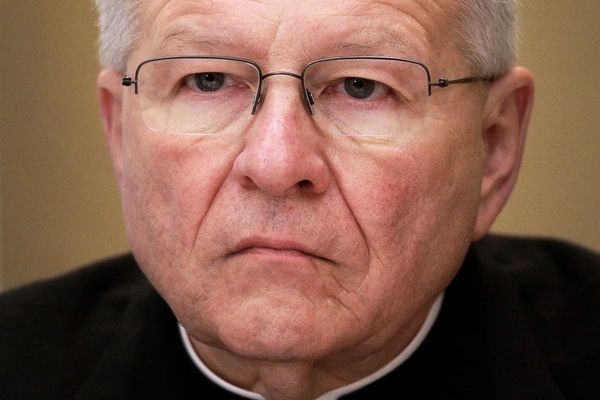
Since the start of the war with Hamas on October 7, the Israeli army has stepped up its raids on the occupied West Bank, particularly in the Tulkarem and Jenin refugee camps, which Palestinians see as bastions of resistance.
On the night of November 16, the Israeli army carried out its fourth raid on the Jenin camp since the start of the war. Israeli soldiers entered the camp with military vehicles and bulldozers, which they said were to protect them from explosives. The camp was also bombed several times.
Clashes broke out between the soldiers and Palestinian armed groups.
On the morning of November 17, the Israeli army announced that it had withdrawn from the camp after killing "five terrorists". The Palestinian Ministry of Health reported "three dead and 15 injured, four of whom are in a critical condition". In Jenin, Hamas confirmed the death of three of its fighters "in the battle of Al-Aqsa Flood in Jenin".
The Jenin Brigade is the main group of combatants in the camp. Its members are affiliated with other Palestinian factions, including the Al-Qassam Brigades, the armed wing of Hamas, and the Islamic Jihad.
Jenin is one of the most important bastions of Palestinian nationalism and resistance in the West Bank. The camp has been subjected to regular raids by the Israeli army since January 2023.
Along with Jenin, the Tulkarm refugee camp, situated in the northern region of the occupied West Bank, is one of the areas most affected by Israeli military violence. On November 14, a similar raid conducted by the Israeli army resulted in the deaths of seven Palestinians.
'This is a war for land, but also for memory'
According to Muammar Orabi, a member of Israeli human rights NGO B'tselem, the task facing the Israeli authorities extends beyond combating armed groups.
These incursions also have a symbolic significance: this is a war for land, but also for memory. During its incursions, the Israeli army is systematically destroying all Palestinian symbols.
During the incursion into the Tulkarm camp [on November 14], the Israeli army destroyed a statue of the former Palestinian leader Yasser Arafat (who died in 2005). It also knocked down a gate called the "Gate of Return" (in reference to the Palestinian right of return, which is one of the Palestinians' main demands in the Israeli-Palestinian conflict. In 1948, when the State of Israel was created, around 700,000 Palestinians were forced to flee their homes).
In Jenin, the statue of the horse, one of the most important symbols of Palestinian nationalism, was also destroyed by the Israeli army on October 30. The statue was built in 2003 from parts of cars destroyed by the occupying army. Its head is pointing towards the city of Haifa, as the camp's refugees are originally from this region. They fled in 1948, during the Nakba (a term meaning "catastrophe" in Arabic, referring to the 1948 exodus).
For the Palestinians, it's like the Statue of Liberty. So the objective of the Israeli authorities is to shock psychologically, to kill not only the resistance, but the very idea of resistance.
In recent weeks, armed settlers, sometimes dressed in military uniform, have also stepped up violence against Palestinians in various districts of the West Bank. Since the start of the war on October 7, 190 Palestinians have been killed by settlers and Israeli soldiers, according to the Palestinian Ministry of Health.
Read moreIsrael-Palestine: The rise of settler violence in the West Bank







